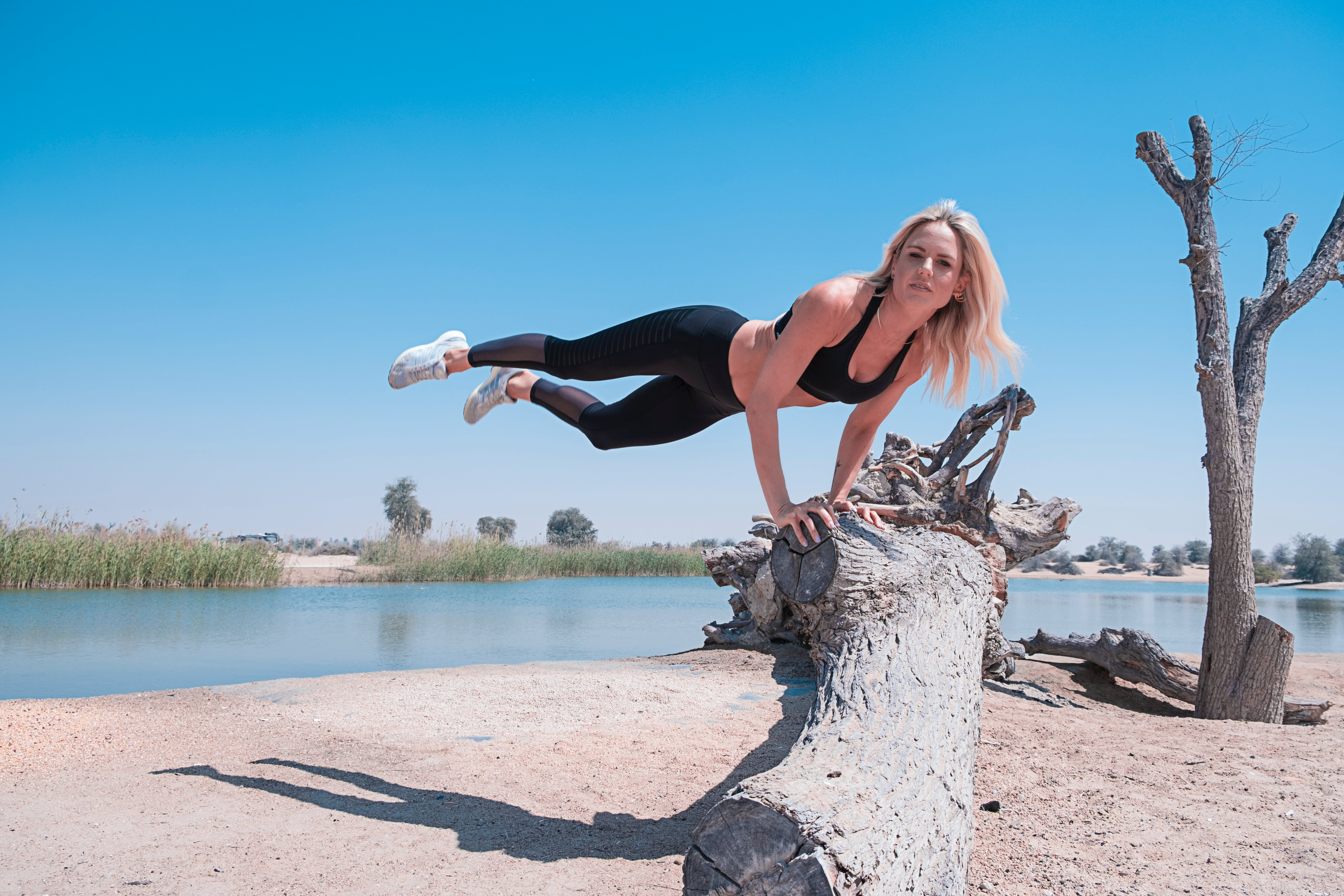
How Top Fitness Brands Are Making Competitors Sweat With Data-Enhanced Exercise
One of the top ways people seize the day? Getting some good, healthy exercise. For exercise brands, however, it’s all about seizing the data.
Data-driven exercise brands have become huge. And it makes sense. After all, 70 percent of Americans now track some form of health-related information such as exercise, according to the Pew Foundation. There is much more to fitness and workout result-related data than hard proof that dessert is well-deserved. And, top tech-savvy fitness brands know this very well.
In addition to their incredible cult followings, brands dominating the fitness realm such as OrangeTheory Fitness, Peloton, and SoulCycle all have another common thread — a heavy focus on tech and data. Let’s take a look at how top U.S. fitness brands are using member data to continuously improve business.
Orange Theory Fitness
Privately owned fitness franchise, Orangetheory Fitness (OTF), uses a unique technology-driven approach to high-intensity interval training (also known as HIIT) to get its loyal members (and its competition) breaking a sweat.
“OrangeTheory offers a unique trifecta of science, coaching, and technology,” OTF Chief Brand Officer Kevin Keith told the Association of National Advertisers (ANA). “We keep members loyal to the brand through a variety of member program offerings, technology innovations to track their personal performance/results, and the amazing community our studios cultivate.”
Among the boutique fitness brand’s tech innovations is OTbeat TM wearables, which were designed to personalize workouts by monitoring users’ heart rate data. OTbeat wearables help users scale each OrangeTheory session to their unique fitness level by using data to determine when the individual should push harder or cool down.
The OTF website explains why members connect so deeply with this experience, “Members have the unique experience of seeing real-time, personalized data during their workout, enabling them to monitor their performance and push themselves to new limits… After class, they can then monitor their improvements through emailed results and by using the Orangetheory mobile app.”
As 63 percent of consumers expect personalization as a standard service, according to Retail Customer Experience, fitness brands that don’t offer similar individual insights are likely to slip behind. With the right data, the opportunities to personalize member experiences are endless.
In the future, OTF may use the data-collecting wearables to further customize member experiences by personalizing any of the following:
- Discounts, deals, and offers
- Equipment recommendations
- Class access
Keep in mind: When personalizing consumer experiences in any industry, the first step is to begin collecting targeted data, organizing it, and activating it in a centralized way. Read on for the best way to do this in the next section on Peloton!
Peloton
Also up-to-speed in terms of tech and data is the American exercise equipment and media company, Peloton. While the brand builds and sells state-of-the-art stationary exercise bikes and pairs them with streamable fitness classes, the founders consider Peloton to be a media-technology-retail-logistics company more than a fitness company.
Peloton’s cult following currently consists of one million members, according to the Wall Street Journal. With such a mass amount of members, it may be hard to imagine personalizing the customer lifecycle. But, with their advanced technology, Peloton can more easily gain consumer data, which they use to constantly improve the customer experience.
With a data orchestration platform, Peloton or similar companies can use the data they collect whether online, offline, or through custom hardware like a bike, to launch more targeted and personalized campaigns across every channel while managing multi-system chaos.
SoulCycle
Also driven by tech and data, SoulCycle announced the launch of a new in-app experience earlier this year named SoulBeat, described as “a post-ride recap that shows how you connect with the music during your ride.”
SoulCycle CEO Melanie Whelan explains the importance of SoulBeat, “We developed SoulBeat because our community told us that tracking progress is important to their personal growth… They also wanted a solution that was not just about stats, but also about the music and the experience of Soul.”
How does it work, exactly? SoulBeat calculates rider data using a power meter discreetly placed on the crank of each bike. The meter allows SoulCycle to capture power and cadence measurements within 2 percent accuracy.
What Exercise Brands Can Learn From SoulCycle
While giving members a glimpse at their personal improvement and milestones serves a valuable purpose, SoulCycle has found a way to use the data they collect for more soulful purposes as well. Using the same data sets, SoulBeat includes an additional feature named BeatMatch, which gives members a glimpse at how often the user rode with the beat of the music.
By leveraging data to provide more diverse personal experiences for its members, SoulCycle is able to provide a more emotional experience. Deeper bonds between riders and classes are formed as the attendees are encouraged to focus on connecting with the music instead of solely concerning themselves with numbers.
Next Steps In Using Your Data
Top brands in any industry know customized consumer experiences lead to stronger customer loyalty. The fitness industry is no different. Now, more and more popular health and fitness brands are making their competition sweat by using customer data to make exercise an “experience”
Want to tone your customer experiences with data-backed customization? Discuss data orchestration solution with our SA group, to uncover the data you need to target the right consumers, at the right time, in the right place.
Share:
Got a project?
Harness the power of your data with the help of our tailored data-centric expertise.
Contact us